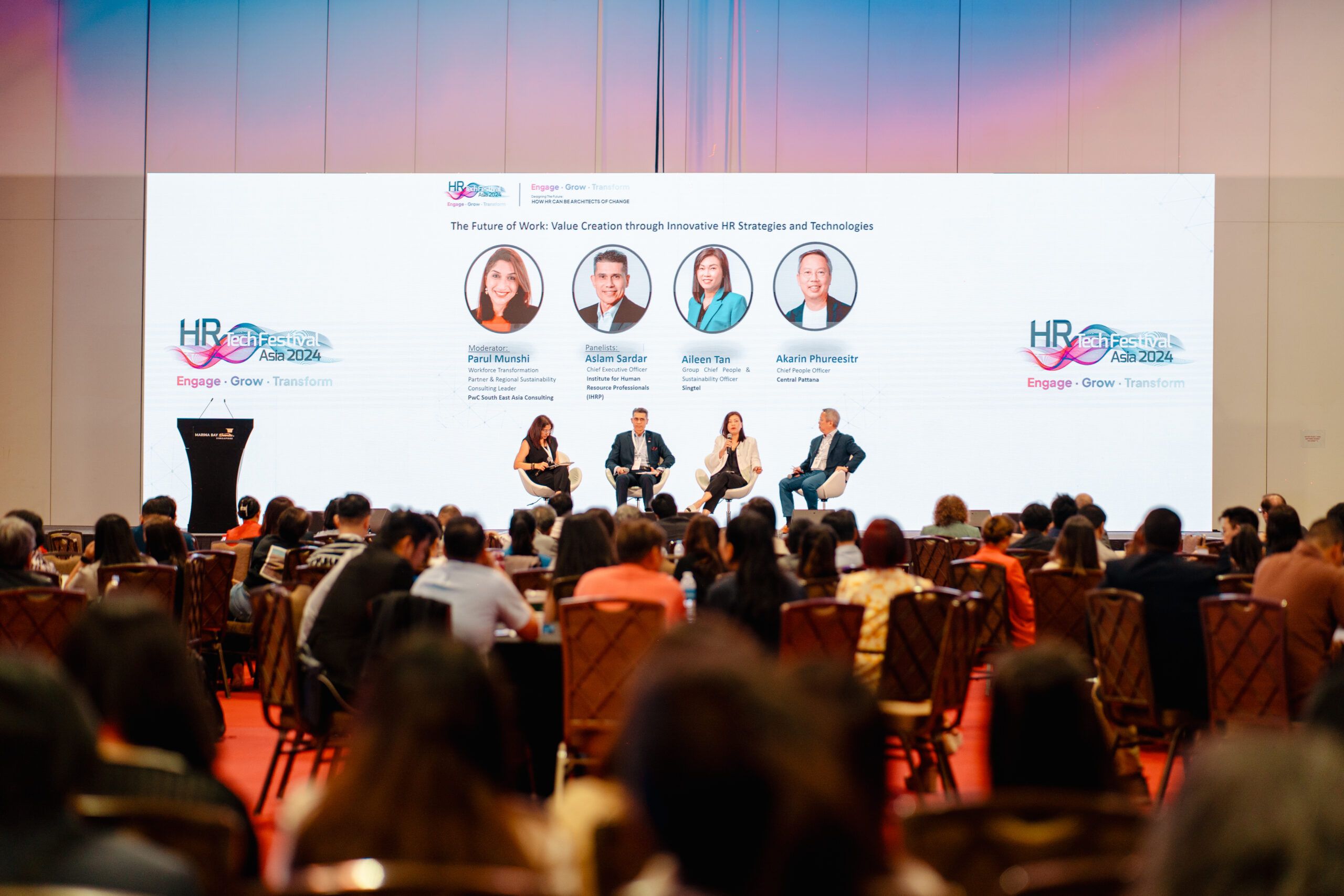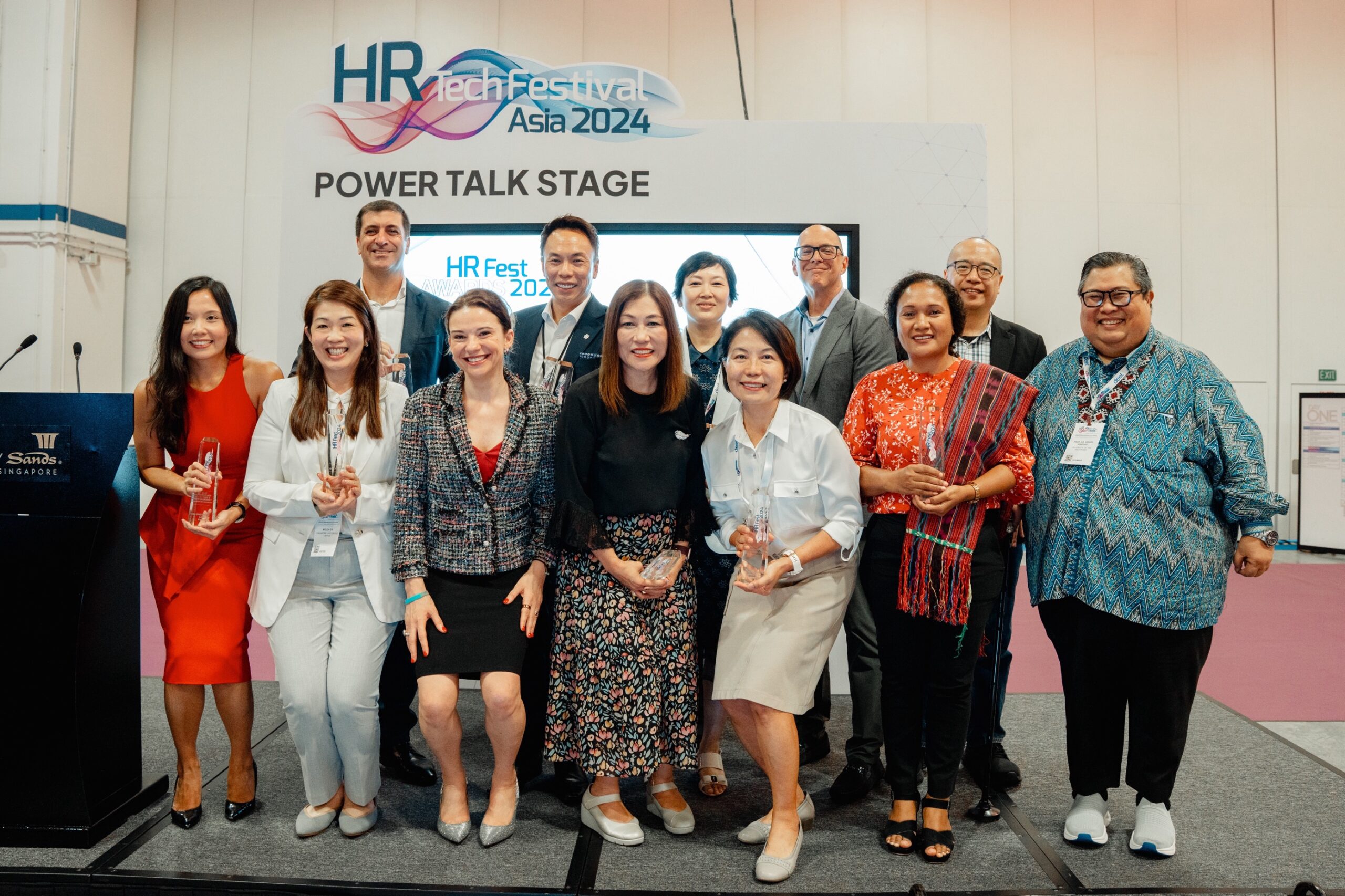Remote work drives increased workforce diversity

More parents, individuals with disabilities or health conditions, and caregivers have entered the workforce, propelled by the pandemic-induced transition to remote work and a robust labour market, according to a study conducted by the Committee for Economic Development of Australia (CEDA).
The analysis, based on data from the 2022 Household Income and Labour Dynamics in Australia (HILDA) Survey, revealed a surge in workforce participation among demographics historically underrepresented in employment. Specifically, the study indicated an 8.5 percentage point increase in the engagement of women and young children in jobs compatible with remote work between 2019 and 2022.
Additionally, individuals with disabilities or health conditions saw a nearly six percentage point rise in participation in remote-capable roles during the same period. These groups, the report added, now exhibit similar rates of remote work participation as their counterparts.
Cassandra Winzar, Chief Economist at the CEDA, said, “This is a clear win for employees, employers and the economy and can help the federal government achieve its vision of full employment.”
She outlined key strategies to consolidate these advancements, including measures to enhance the effectiveness of both remote and in-office work environments. Suggestions included clarifying performance expectations, formalising mentoring programmes, and honing communication and management skills.
READ MORE: Australian wages and demand for labour expected to grow in 2024
Moreover, while hybrid work arrangements have shown promise in optimising productivity, participation, and employee satisfaction, Winzar underscored the necessity for ongoing experimentation and adaptation by employers to tailor approaches that suit their specific contexts and evolving employee preferences.



